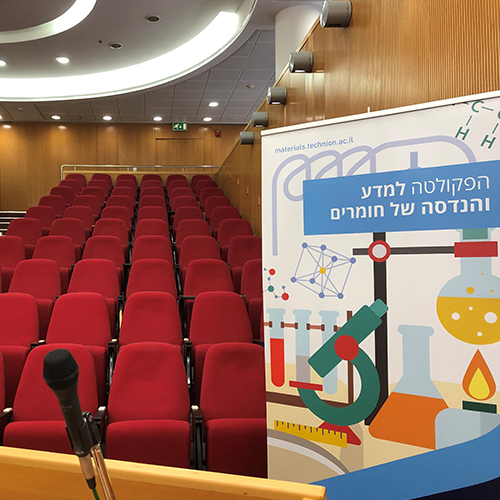
05/07/2025
חדר 302 , בניין מידן, קומה 3
Mr. Ithai Sessa – MSc candidate
Department of Materials Science and Engineering Technion – Israel Institute of Technology, Haifa
Helical structures are a common occurrence in various plants, with Pancratium maritimum serving as a noteworthy example. This plant thrives along Mediterranean sandy shores, showcasing unique adaptations. Notably, its lightweight, sponge-like seeds facilitate wind-driven dispersal across the sea and shore, bolstering its growth in clusters that stabilize the sandy terrain against winds and rain. The central focus of this study is the plant's leaf structures. These ribbon-like leaves, growing up to half a meter, exhibit a helical arrangement along their longitudinal axis, presumably enhancing their ability to withstand high-speed winds from all directions. The research first comprised of computer simulations to identify key factors influencing wind resistance. Subsequently, two parallel approaches emerged: an experimental facet involving 3D-printed leaf models analyzed in a wind tunnel, and a theoretical aspect employing mathematical models to define key parameters. The emerging evidence suggests a correlation between the experimental and theoretical findings, reinforcing the connection to naturally occurring helical leaf structures that confer wind resistance. The discoveries from this research have the potential to pave the way for innovative approaches in designing lightweight yet rigid structures, while optimizing material and energy utilization.


